Retro Replay Review
Gameplay
A-Type takes the classic run-and-gun formula of R-Type and distills it into a single, tight encounter that fits into just 32 kilobytes. From the moment you hit “Start,” you’ll notice the ship’s autofire capability, which eliminates the need for careful trigger timing and instead places emphasis squarely on positioning and dodging. This choice streamlines combat, allowing even newcomers to dive straight into the fray without wrestling with complex input mechanics.
(HEY YOU!! We hope you enjoy! We try not to run ads. So basically, this is a very expensive hobby running this site. Please consider joining us for updates, forums, and more. Network w/ us to make some cash or friends while retro gaming, and you can win some free retro games for posting. Okay, carry on 👍)
Despite its brevity, A-Type doesn’t skimp on challenge. Enemies may lack advanced AI, but they more than make up for it with sheer durability—they absorb a volley of shots before going down. This forces you to weave through waves of projectiles, constantly adjusting your trajectory to stay alive while peppering foes with lasers. The absence of a charge-shot mechanic raises the stakes: every pixel of hitbox counts, and reckless play will be swiftly punished.
Rather than multiple stages culminating in boss fights, A-Type presents a single, relentless level. Weapon upgrade pods drift into view just often enough to give you fleeting power spikes, but there’s no mighty “Force” capsule to cling to. Instead, your ephemeral upgrades require you to make the most of each power-up before you lose it. As the level progresses, the play area itself begins to shrink, ratcheting up tension until you inevitably collide with the final greeting screen. It’s an unorthodox twist on the genre that feels like an endurance test as much as a shooter.
Graphics
Visually, A-Type is a direct harkening to mid-’80s arcade splendor, thanks to graphics lifted straight from R-Type. On a modest 32K footprint, the game’s pixel art remains surprisingly crisp and recognizable—enemy sprites, background elements, and your ship all bear the hallmarks of classic Irem design. While this reuse may strike some as lazy, most players will appreciate how faithfully the visuals evoke the golden age of side-scrolling shooters.
The color palette stays true to its inspiration, leaning heavily on muted grays, blues, and occasional flashes of neon. On modern displays, this restrained palette helps important visual cues—laser beams, explosions—pop off the screen. Despite the technical limitations, the animation is smooth, with enemy movement and projectile patterns flowing without stutter or slowdown.
One minor gripe is that static backgrounds can grow repetitive over the course of the one level, but the overall aesthetic remains charming. If you’re a fan of retro shooters or demo-scene artistry, you’ll find the pixel work here both nostalgic and lovingly preserved. It’s an authentic slice of shooter history, compressed to its bare essentials.
Story
In traditional shooters, narrative often takes a back seat to action—and A-Type embraces this philosophy wholeheartedly. There’s no branching plot or cutscenes to pad out your playthrough. Instead, the game’s “story” is woven into its very existence as a demo-party entry at Mekka/Symposium 1998. It feels less like a commercial release and more like a handheld art piece.
The lack of an in-game storyline might frustrate players seeking lore or character progression, but it’s exactly the kind of minimalism that the demo scene prides itself on. You’re not piloting an elite squadron to save the galaxy—you’re witnessing a programmer’s ingenuity in squeezing a shooter into 32K. The real narrative lies in the craftsmanship behind the scenes.
And then there’s the ending: no climactic boss, no victory fanfare—just a shrinking playfield that crashes into a greeting message. It’s a cheeky nod to the constraints of the competition, and it serves as both finale and developer signature. In A-Type, the story is in how little you get, and yet how much that little can still entertain.
Overall Experience
A-Type is best judged as a demo-party marvel rather than a full-fledged commercial title. It delivers a concise, high-intensity shoot ’em up that lasts barely a few minutes, but those minutes are packed with retro thrills. If you approach it expecting a deep, multi-stage adventure with elaborate bosses, you’ll come away disappointed. However, if you appreciate distilled gameplay and the novelty of a sub-32K production, it’s a fascinating piece of gaming history.
For retro enthusiasts and demo-scene aficionados, A-Type offers a glimpse into the creativity that flourished under strict technical limits. Its borrowed R-Type visuals will instantly connect with anyone who cut their teeth on ’80s arcades, while its stripped-down mechanics highlight pure shooter fundamentals. It’s short, sweet, and leaves you wanting more—perhaps that’s its greatest achievement.
Ultimately, A-Type is a conversation starter more than a marathon shooter. It challenges you to squeeze maximum fun from minimal coding, and it succeeds admirably. Whether you’re exploring the roots of indie shooters or simply curious about what can be done in 32K, A-Type is worth a download for its ingenuity and nostalgic flair alone.
 Retro Replay Retro Replay gaming reviews, news, emulation, geek stuff and more!
Retro Replay Retro Replay gaming reviews, news, emulation, geek stuff and more!
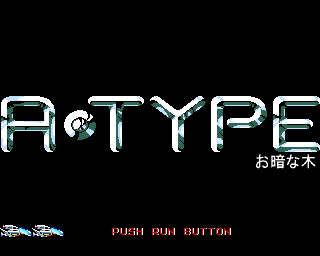
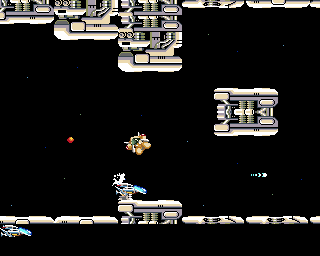
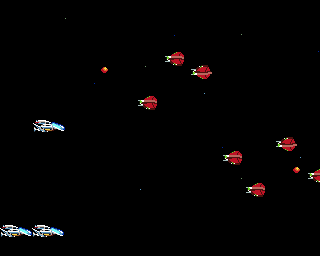
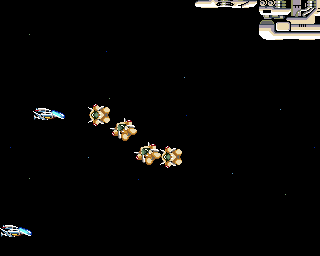
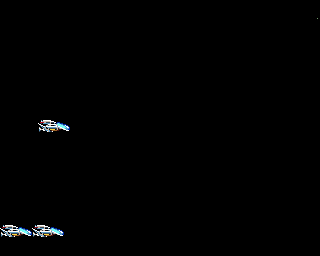
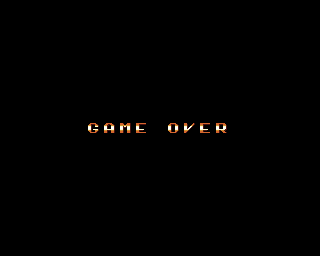

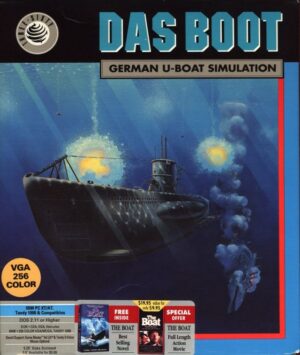

Reviews
There are no reviews yet.